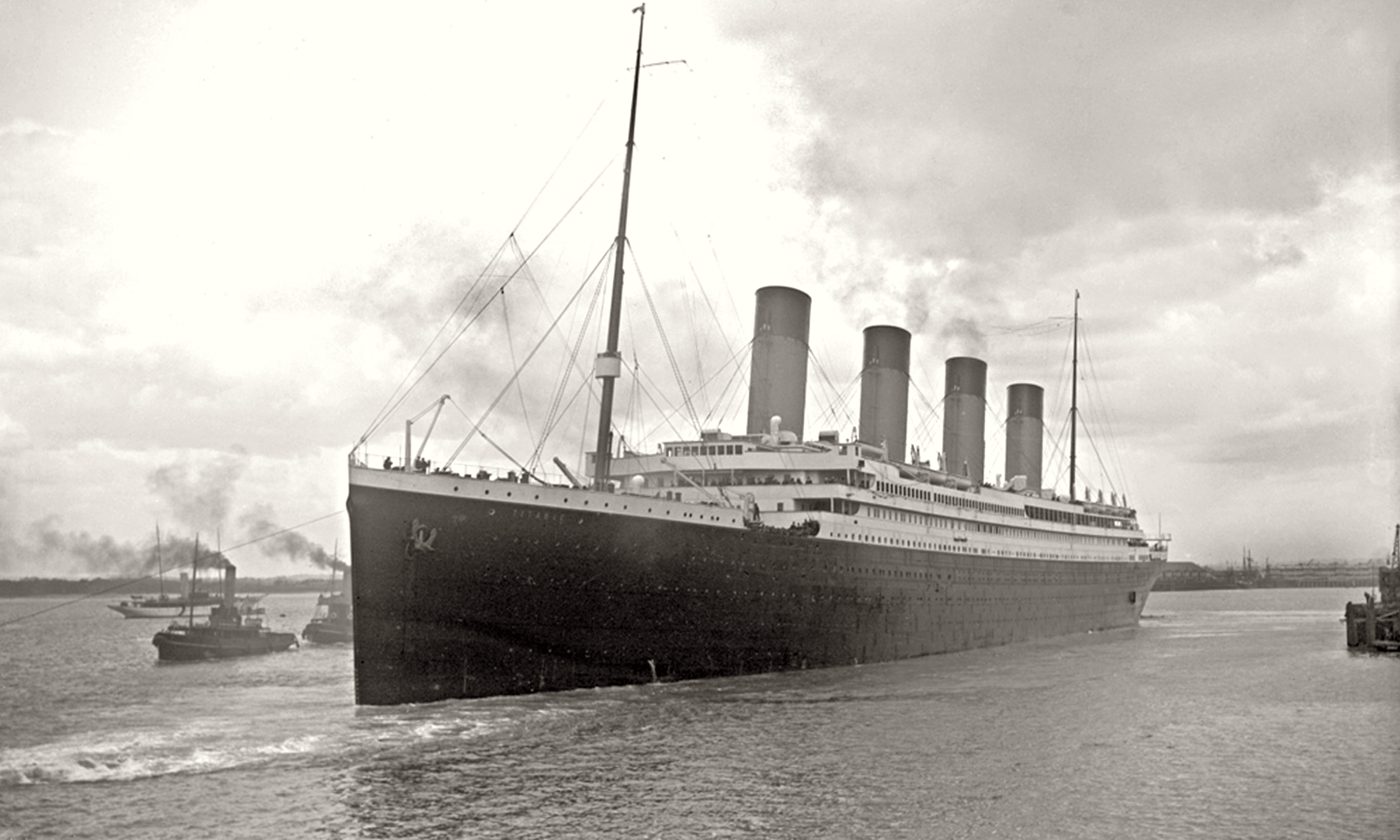10 Fun Chocolate Facts That Will Sweeten Your Day
Chocolate, a universally cherished indulgence, has captivated the hearts and taste buds of people across the globe for centuries. Its rich, velvety texture and complex flavors make it more than just a treat—it's an experience. But what is it about chocolate that makes it so irresistible? This article delves into the secrets behind chocolate's enduring appeal, exploring 10 delightful facets that promise to surprise and delight even the most discerning chocolate aficionados. The journey of chocolate begins with the cacao bean, a small yet mighty seed that holds the potential for greatness. The transformation from bean to bar is a meticulous process that involves roasting, grinding, and tempering, each step contributing to the final product's unique flavor profile. But beyond the technicalities, chocolate is steeped in history and cultural significance, having been revered by ancient civilizations and used as currency, medicine, and a symbol of luxury. Today, chocolate continues to evolve, with artisanal chocolatiers pushing the boundaries of creativity and innovation.
1. The Ancient Origins of Chocolate: From Sacred Rituals to Modern Delights
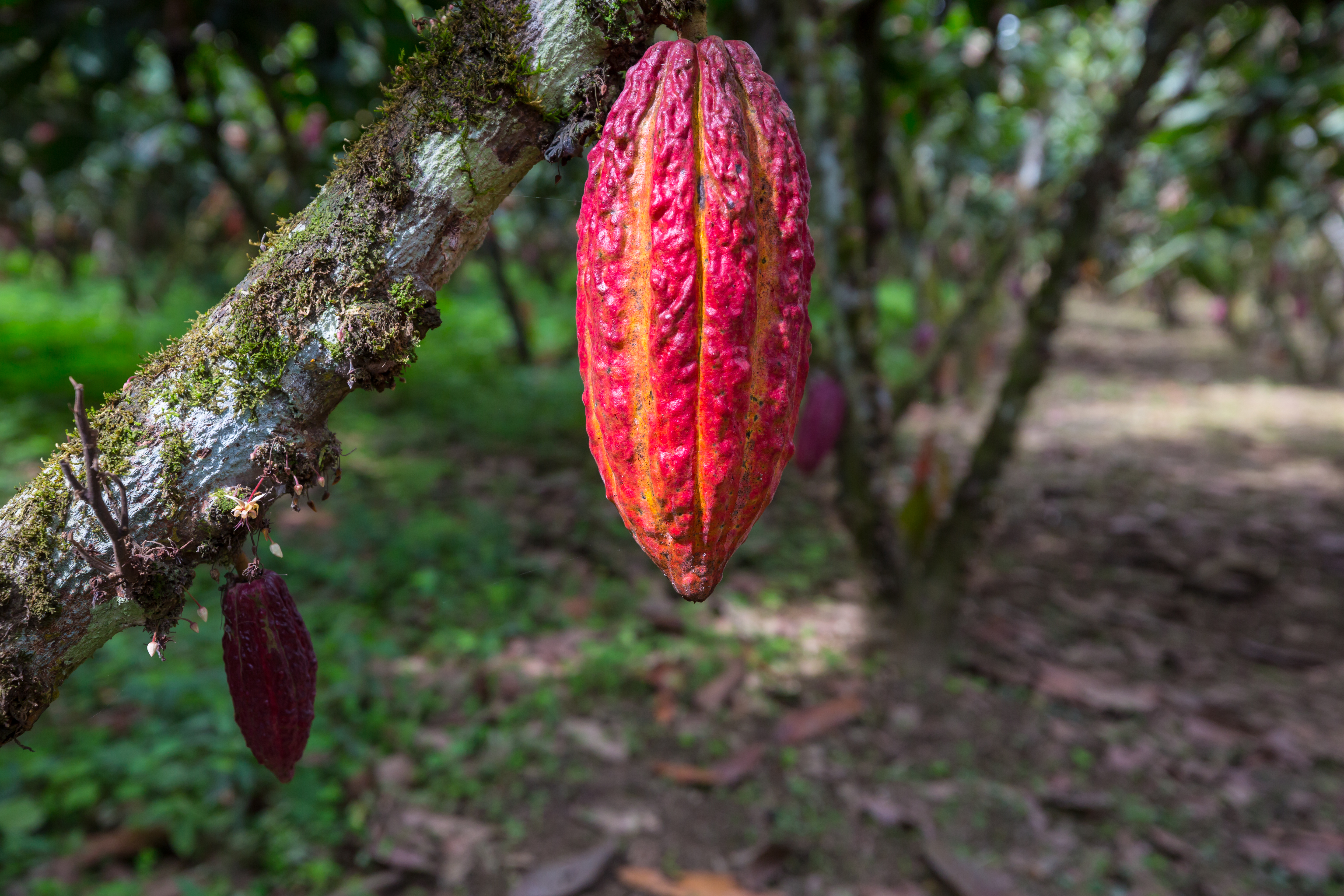
Chocolate's story begins thousands of years ago in the lush rainforests of Central and South America, where the cacao tree, Theobroma cacao, was first cultivated by ancient civilizations. The Olmecs, one of the earliest known Mesoamerican cultures, are believed to have been the first to domesticate cacao, using it in sacred rituals and as a ceremonial drink. This bitter concoction, often mixed with spices and herbs, was thought to possess mystical properties and was reserved for the elite and religious ceremonies. As the Mayans and Aztecs rose to prominence, cacao gained even greater significance. The Mayans revered chocolate as the "food of the gods," a sentiment echoed in the scientific name of the cacao tree, Theobroma. They consumed chocolate in the form of a frothy beverage, flavored with chili peppers, vanilla, and annatto, and believed it to be an aphrodisiac and a source of wisdom and power. The Aztecs, on the other hand, valued cacao so highly that they used it as currency, with cacao beans traded for goods and services. The Spanish conquest of the Aztec Empire in the early 16th century marked the beginning of chocolate's journey to Europe. Initially met with skepticism due to its bitter taste, chocolate was gradually sweetened with sugar and spices, transforming it into the beloved treat we know today. The introduction of chocolate to European society sparked a culinary revolution, with chocolate houses emerging as popular social hubs. As chocolate spread across the continent, it evolved into various forms, from solid bars to confections, becoming a symbol of luxury and indulgence.
2. The Science Behind Chocolate's Mood-Boosting Powers

Chocolate's ability to lift spirits and bring joy is not just a matter of taste—it's also rooted in science. The consumption of chocolate triggers a cascade of chemical reactions in the brain that contribute to its mood-enhancing effects. One of the key compounds responsible for this is phenylethylamine (PEA), a natural stimulant that promotes the release of endorphins, the body's feel-good hormones. PEA is often referred to as the "love drug" because it mimics the sensations of falling in love, creating a sense of euphoria and well-being. In addition to PEA, chocolate contains other mood-boosting compounds such as serotonin and dopamine precursors. Serotonin is a neurotransmitter that regulates mood, appetite, and sleep, and its increased levels are associated with feelings of happiness and relaxation. Dopamine, on the other hand, is linked to the brain's reward system, enhancing motivation and pleasure. The presence of theobromine, a mild stimulant similar to caffeine, also contributes to chocolate's energizing effects, providing a gentle boost without the jitters. Moreover, the sensory experience of eating chocolate plays a significant role in its mood-enhancing properties. The rich aroma, smooth texture, and complex flavors engage multiple senses, creating a multisensory experience that enhances enjoyment. The act of savoring chocolate can also trigger positive memories and associations, further elevating mood and providing comfort. Whether enjoyed as a solitary indulgence or shared with loved ones, chocolate has the power to transform moments and uplift spirits.
3. Decoding the Complex Flavors of Chocolate: From Bean to Bar
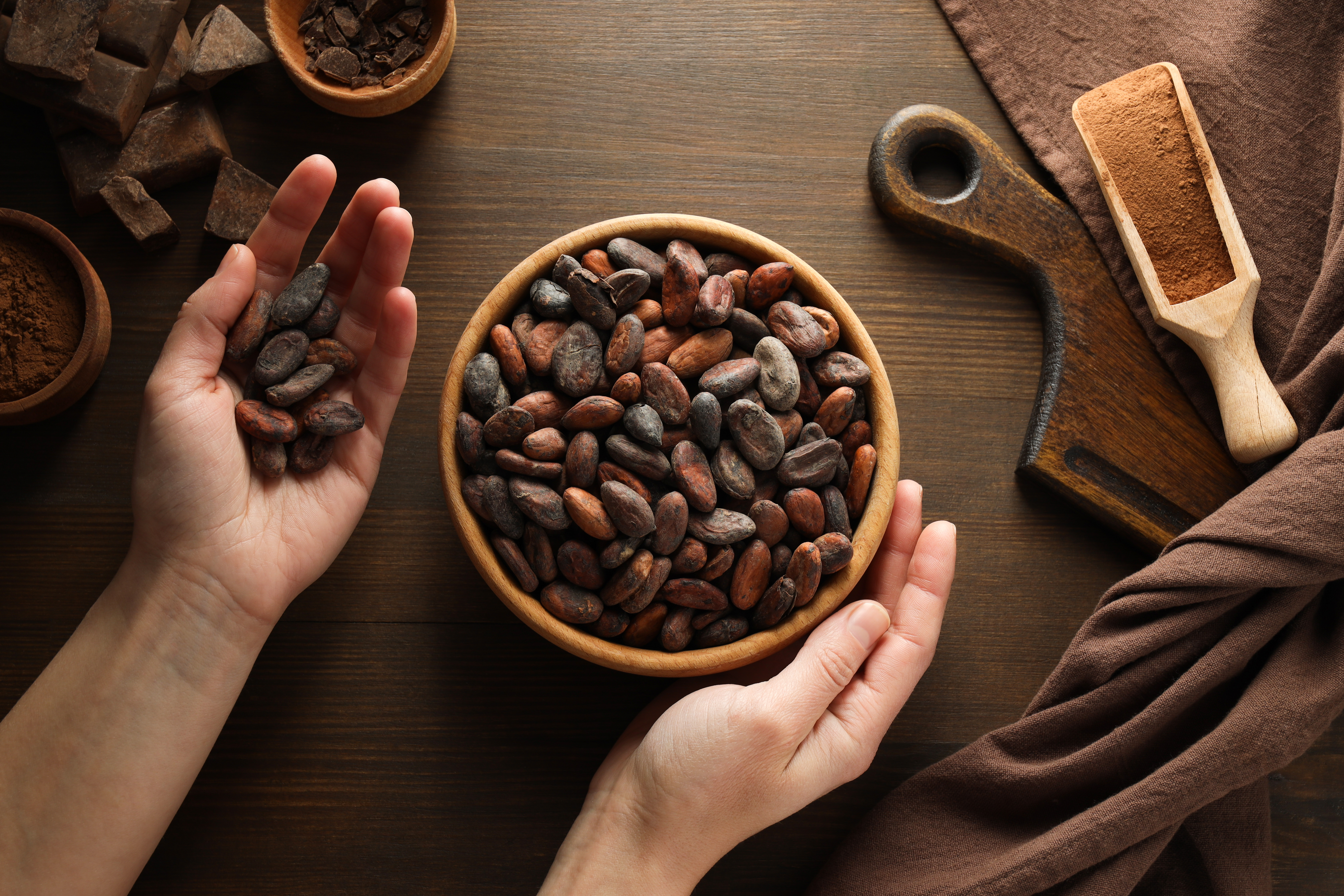
The journey from cacao bean to chocolate bar is a meticulous process that involves several stages, each contributing to the development of chocolate's complex flavors. The first step is fermentation, where the harvested cacao beans are placed in shallow containers and covered with banana leaves. This process, which lasts several days, allows natural yeasts and bacteria to break down the pulp surrounding the beans, producing heat and initiating flavor development. Fermentation is crucial for the formation of chocolate's characteristic flavors, as it reduces bitterness and enhances sweetness. After fermentation, the beans are dried, roasted, and ground into a paste known as chocolate liquor. Roasting is a critical step that further develops the beans' flavor profile, with temperature and duration influencing the final taste. The ground paste is then refined and conched, a process that involves continuous mixing and aeration to smooth out the texture and enhance flavor. Conching can last from a few hours to several days, with longer conching times resulting in a smoother, more refined chocolate. The final step in the chocolate-making process is tempering, a precise technique that involves heating and cooling the chocolate to specific temperatures to stabilize the cocoa butter crystals. Proper tempering ensures that the chocolate has a glossy finish, a satisfying snap, and a smooth mouthfeel. Each stage of production requires skill and precision, with artisans carefully controlling variables to create distinct flavor profiles. The result is a wide range of chocolates, each with its own unique taste and character, from fruity and floral to nutty and earthy.
4. The Art of Pairing Chocolate with Unexpected Flavors
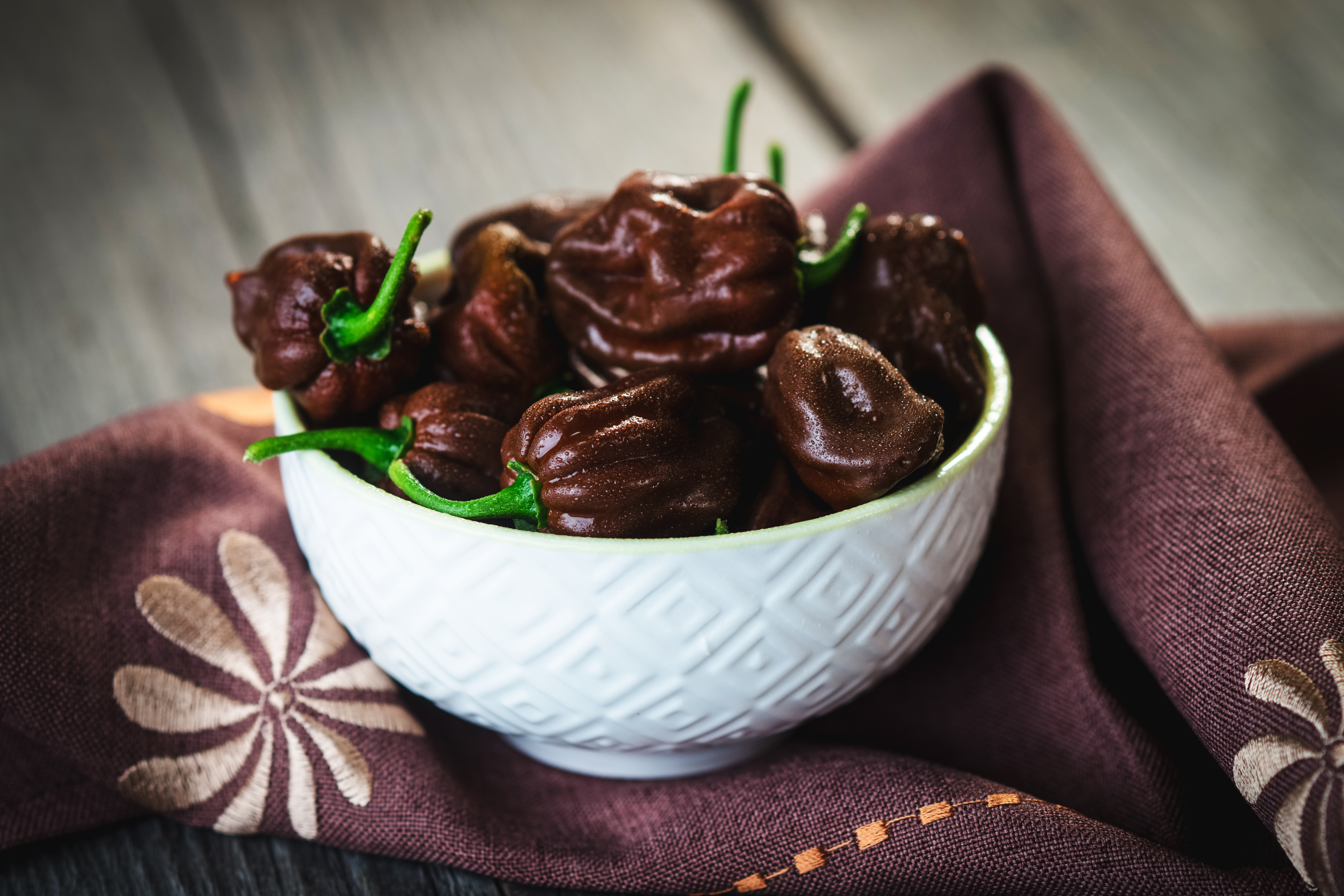
Chocolate's versatility extends beyond its many forms and flavors—it also pairs beautifully with a variety of unexpected ingredients, creating delightful combinations that surprise and delight the palate. The art of pairing chocolate involves balancing its inherent sweetness and bitterness with complementary flavors and textures, enhancing the overall tasting experience. From savory to spicy, the possibilities are endless, and adventurous pairings can elevate chocolate to new heights. One classic pairing is chocolate with sea salt, where the salt's savory notes enhance the chocolate's sweetness and highlight its complex flavors. Similarly, chocolate with chili peppers creates a harmonious blend of heat and richness, with the spiciness accentuating the chocolate's depth. For a more adventurous combination, chocolate can be paired with cheese, where the creamy, tangy notes of blue cheese or the nutty richness of aged cheddar complement the chocolate's smoothness. Fruits and nuts are also popular pairings, with the natural sweetness of fruits like raspberries and oranges enhancing chocolate's flavors. Nuts such as almonds, hazelnuts, and pistachios add a satisfying crunch and earthiness, creating a balanced and indulgent treat. For those with a penchant for the exotic, chocolate can be paired with herbs and spices like lavender, rosemary, and cardamom, infusing the chocolate with aromatic complexity. The art of pairing chocolate is a delightful exploration of flavors, inviting experimentation and discovery.
5. The Health Benefits of Chocolate: Myth or Reality?
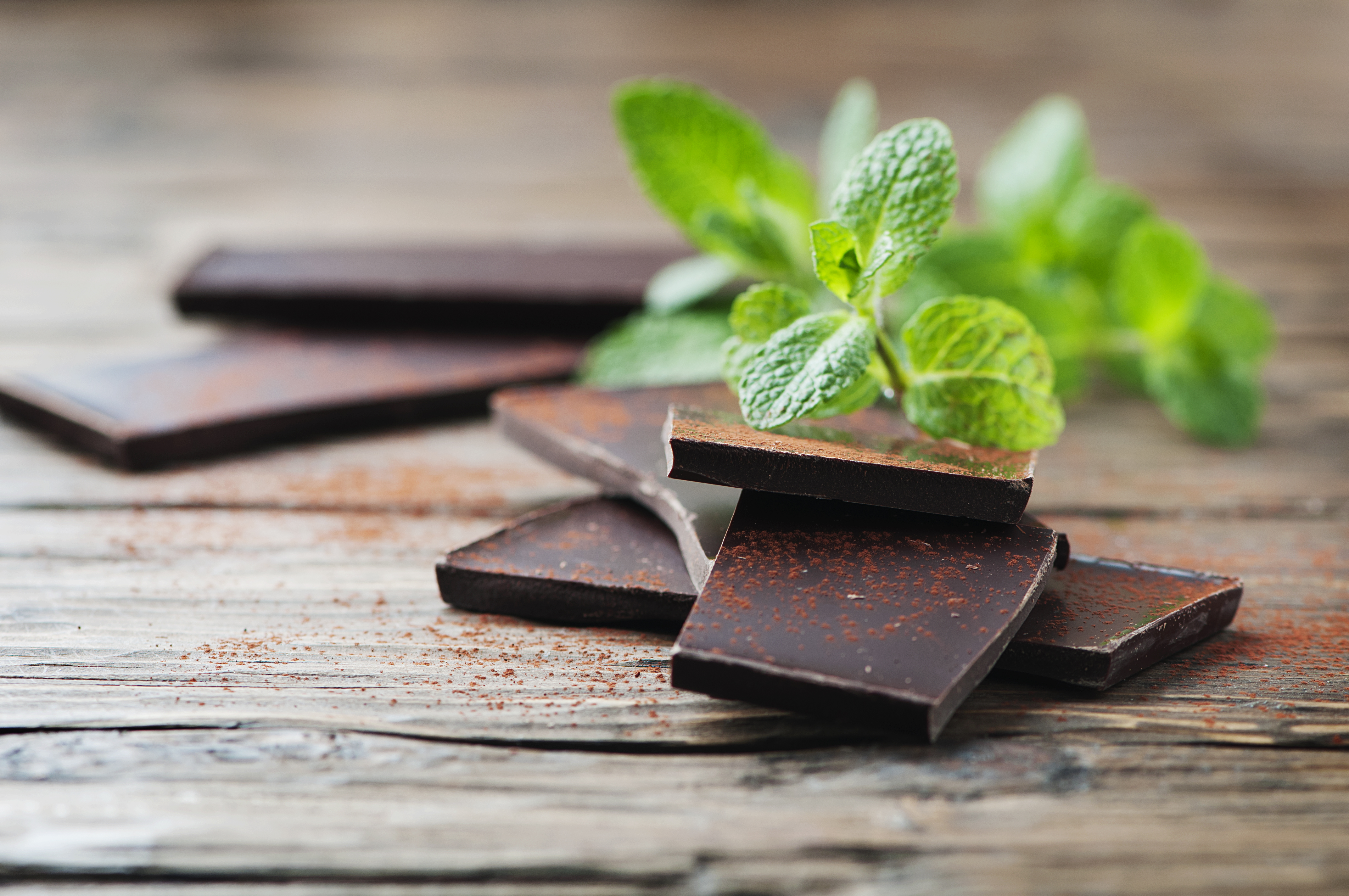
Chocolate has long been associated with indulgence, but recent research suggests that it may also offer health benefits when consumed in moderation. Dark chocolate, in particular, is rich in antioxidants known as flavonoids, which are believed to have a positive impact on heart health. These compounds help reduce inflammation, lower blood pressure, and improve blood flow, contributing to cardiovascular health. Studies have also shown that regular consumption of dark chocolate may reduce the risk of heart disease and stroke. In addition to its cardiovascular benefits, chocolate may also support brain health. The flavonoids in chocolate have been linked to improved cognitive function, with research suggesting that they enhance memory, attention, and problem-solving skills. The presence of theobromine and caffeine in chocolate also provides a mild cognitive boost, increasing alertness and focus. Furthermore, chocolate's mood-enhancing properties, attributed to its serotonin-boosting effects, can contribute to overall mental well-being. However, it's important to note that not all chocolate is created equal, and the potential health benefits are primarily associated with dark chocolate with a high cocoa content. Milk chocolate and white chocolate, which contain more sugar and fat, may not offer the same advantages. Moderation is key, as excessive consumption of chocolate can lead to weight gain and other health issues. By choosing quality dark chocolate and enjoying it in moderation, chocolate lovers can indulge guilt-free while reaping its potential benefits.
6. Chocolate's Role in Culinary Innovation and Experimentation
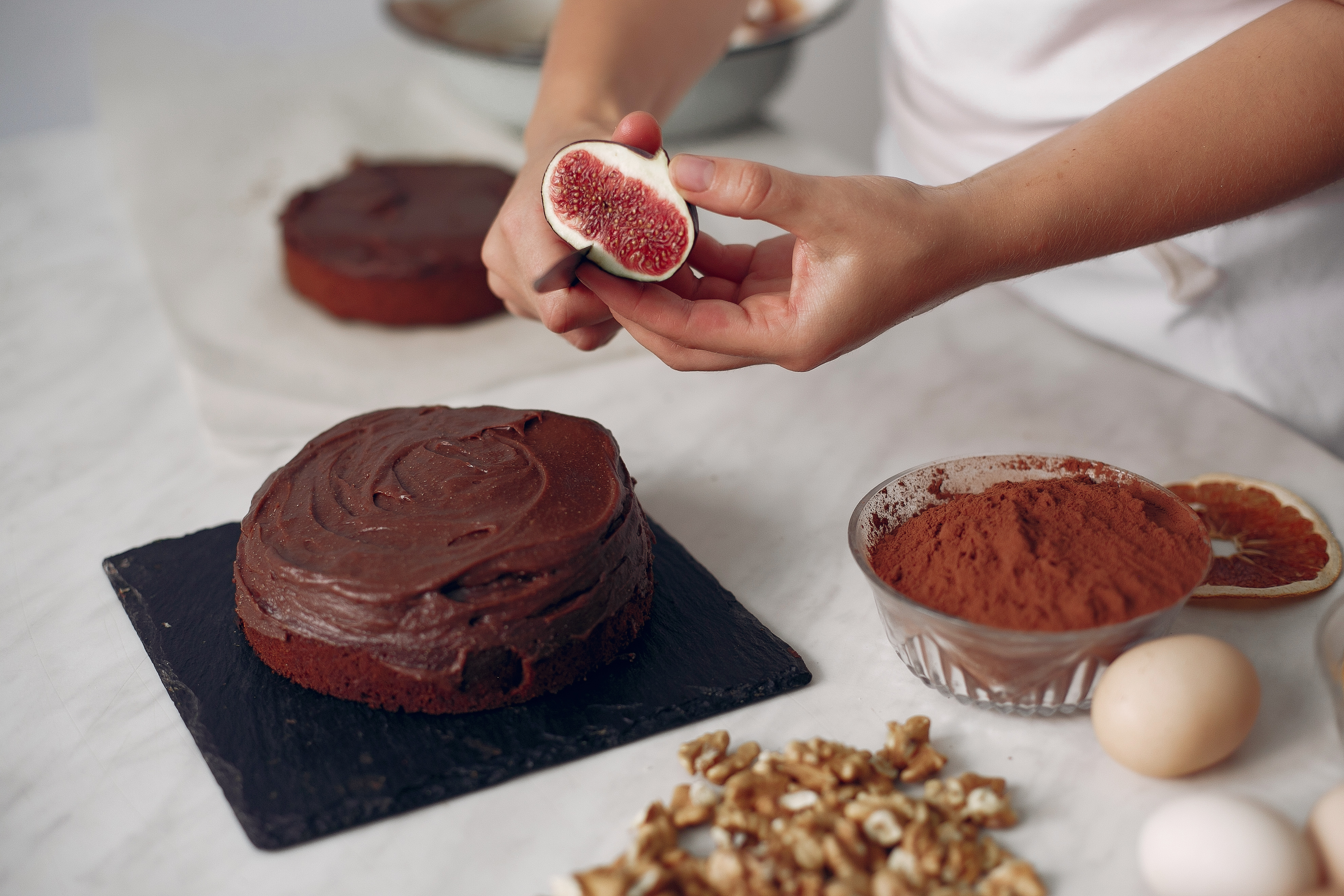
Chocolate's versatility and complex flavors make it a favorite ingredient among chefs and culinary innovators, inspiring creativity and experimentation in the kitchen. From savory dishes to avant-garde desserts, chocolate's potential extends far beyond traditional confections, offering endless possibilities for culinary exploration. Its ability to complement and enhance a wide range of flavors has led to the development of innovative dishes that challenge conventional notions of chocolate. In the realm of savory cuisine, chocolate is often used as a secret ingredient to add depth and richness to sauces and stews. Mole, a traditional Mexican sauce, is a prime example of chocolate's role in savory dishes, combining chocolate with spices, nuts, and chilies to create a complex and flavorful sauce. Similarly, chocolate can be incorporated into marinades and rubs for meats, where its bitterness and sweetness enhance the savory notes of the dish. In the world of desserts, chocolate continues to be a source of inspiration for pastry chefs and chocolatiers. From deconstructed chocolate desserts to molecular gastronomy techniques, chocolate is at the forefront of culinary innovation. Techniques such as tempering, enrobing, and sculpting allow for artistic expression, resulting in visually stunning and delicious creations. Chocolate's adaptability and allure make it a favorite medium for experimentation, inviting chefs to push boundaries and redefine the possibilities of chocolate in the culinary arts.
7. The Ethical and Sustainable Side of Chocolate Production
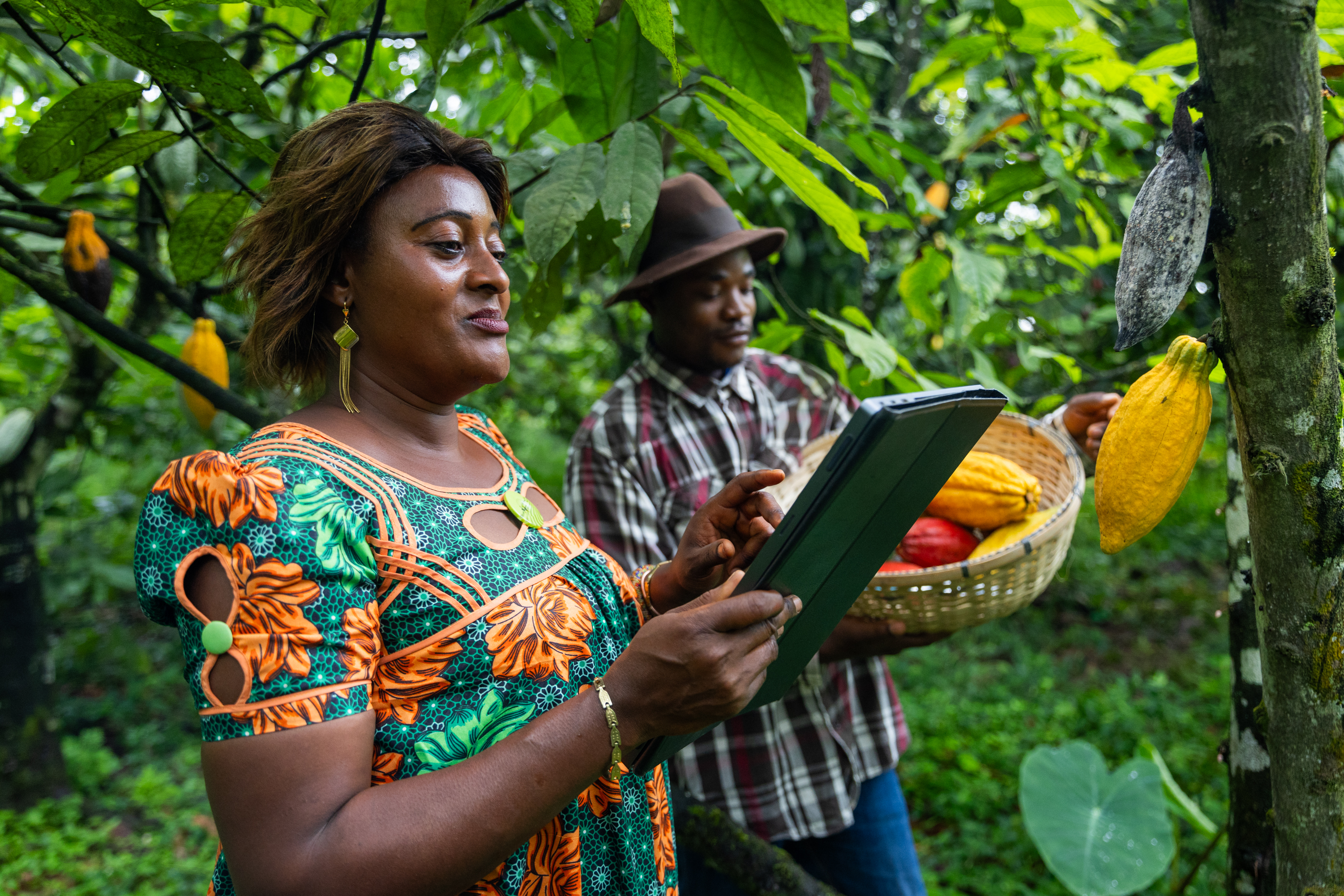
As the demand for chocolate continues to grow, so does the importance of ethical and sustainable practices in its production. The chocolate industry has faced criticism for issues such as child labor, deforestation, and unfair trade practices, prompting a shift towards more responsible sourcing and production methods. Consumers are increasingly seeking transparency and accountability, driving the demand for ethically produced chocolate that prioritizes the well-being of farmers and the environment. Fair trade certification is one approach to ensuring ethical practices in chocolate production. Fair trade chocolate guarantees that farmers receive fair compensation for their labor, empowering them to invest in their communities and improve their quality of life. This certification also promotes sustainable agriculture practices, reducing environmental impact and preserving biodiversity. By supporting fair trade chocolate, consumers can enjoy their favorite treat with the knowledge that it was produced ethically and sustainably. In addition to fair trade, many chocolate producers are adopting direct trade models, establishing direct relationships with cacao farmers to ensure transparency and traceability. This approach allows producers to work closely with farmers, providing support and resources to improve farming practices and yield quality. Sustainable chocolate production also involves reducing carbon footprints, minimizing waste, and supporting reforestation efforts. As awareness of these issues grows, the chocolate industry is increasingly embracing sustainability, offering consumers the opportunity to indulge responsibly.
8. The Rise of Artisanal and Craft Chocolate: A New Era of Confectionery

In recent years, there has been a resurgence of interest in artisanal and craft chocolate, driven by a desire for quality, authenticity, and unique flavor experiences. Unlike mass-produced chocolate, artisanal chocolate is crafted in small batches, with a focus on quality ingredients and traditional techniques. This movement celebrates the artistry and craftsmanship of chocolate-making, with producers taking pride in sourcing the finest cacao beans and experimenting with innovative flavors and textures. Artisanal chocolate makers often prioritize transparency and traceability, working directly with cacao farmers to ensure ethical sourcing and sustainability. This direct trade approach allows for greater control over the quality of the beans and the ability to highlight the unique characteristics of different cacao origins. Each batch of artisanal chocolate is a reflection of the terroir, with distinct flavor profiles that showcase the diversity of cacao. The rise of artisanal chocolate has also led to a greater appreciation for single-origin chocolate, where the beans are sourced from a specific region or plantation. This focus on origin allows consumers to explore the nuances of flavor and aroma, much like wine tasting. Craft chocolate makers often experiment with unconventional ingredients and techniques, pushing the boundaries of flavor and texture to create innovative and memorable chocolate experiences. The artisanal chocolate movement is a testament to the enduring allure of chocolate and its ability to inspire creativity and passion.
9. Chocolate in Popular Culture: From Literature to Film
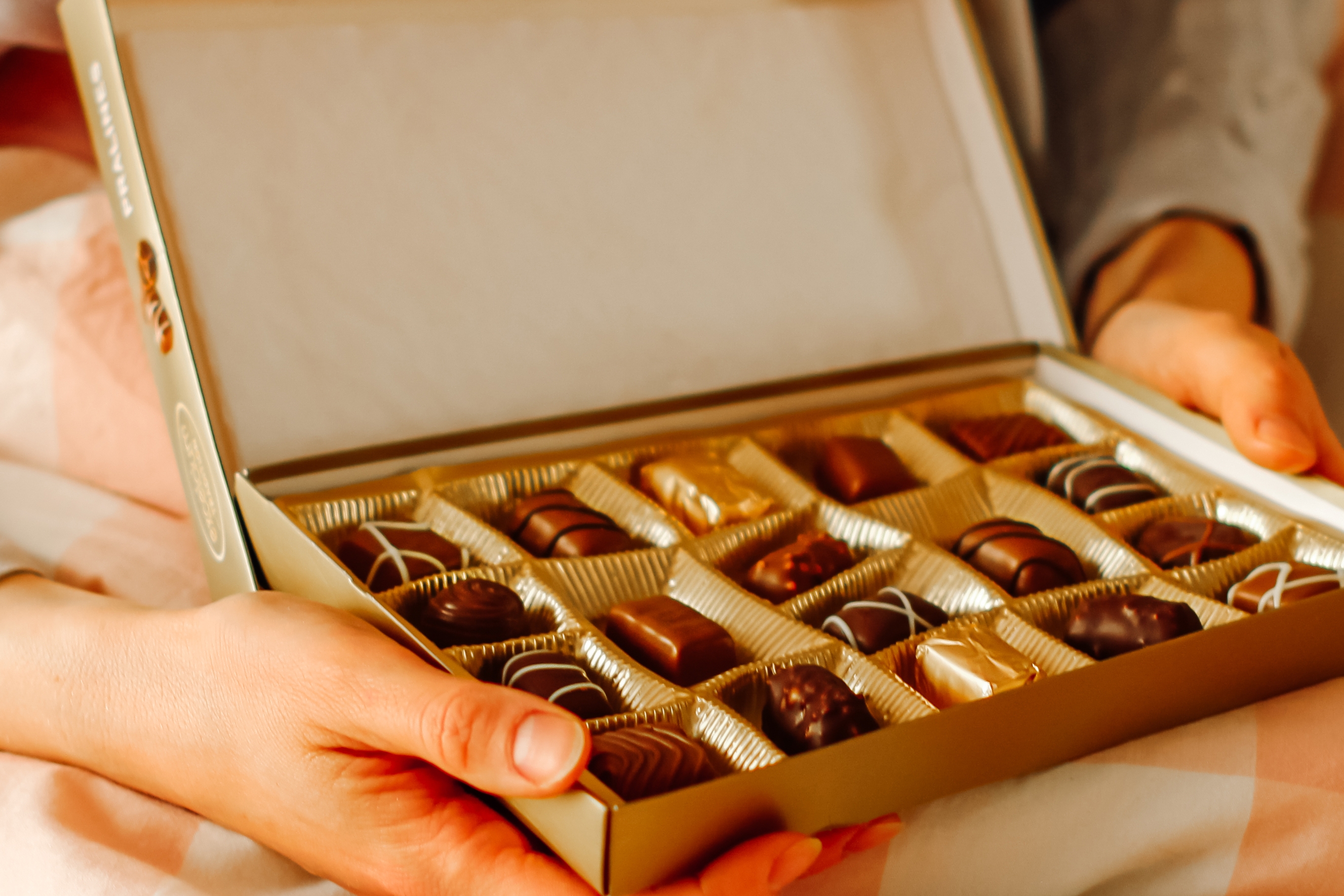
Chocolate's allure extends beyond the culinary world, permeating popular culture and becoming a symbol of indulgence, romance, and fantasy. From classic literature to modern cinema, chocolate has been celebrated as a source of comfort, pleasure, and magic, capturing the imagination of audiences worldwide. Its presence in popular culture reflects its status as a beloved treat and a powerful symbol of desire and temptation. In literature, chocolate is often depicted as a symbol of luxury and indulgence, with authors using it to evoke sensory pleasure and decadence. In Roald Dahl's "Charlie and the Chocolate Factory," chocolate serves as a gateway to a world of wonder and imagination, with Willy Wonka's fantastical chocolate factory capturing the dreams of children and adults alike. Similarly, Joanne Harris's "Chocolat" explores the transformative power of chocolate, as the protagonist uses her confectionery skills to bring joy and change to a small French village. In film, chocolate continues to enchant audiences, with iconic scenes and memorable moments centered around this delectable treat. The 2000 film adaptation of "Chocolat" brings the novel's themes to life, with sumptuous visuals and a heartwarming story of community and acceptance. In "Forrest Gump," the famous line "Life is like a box of chocolates" uses chocolate as a metaphor for the unpredictability of life, resonating with viewers on a deeper level. Chocolate's presence in popular culture is a testament to its universal appeal and its ability to evoke emotion and connection.
10. The Future of Chocolate: Innovations and Trends to Watch
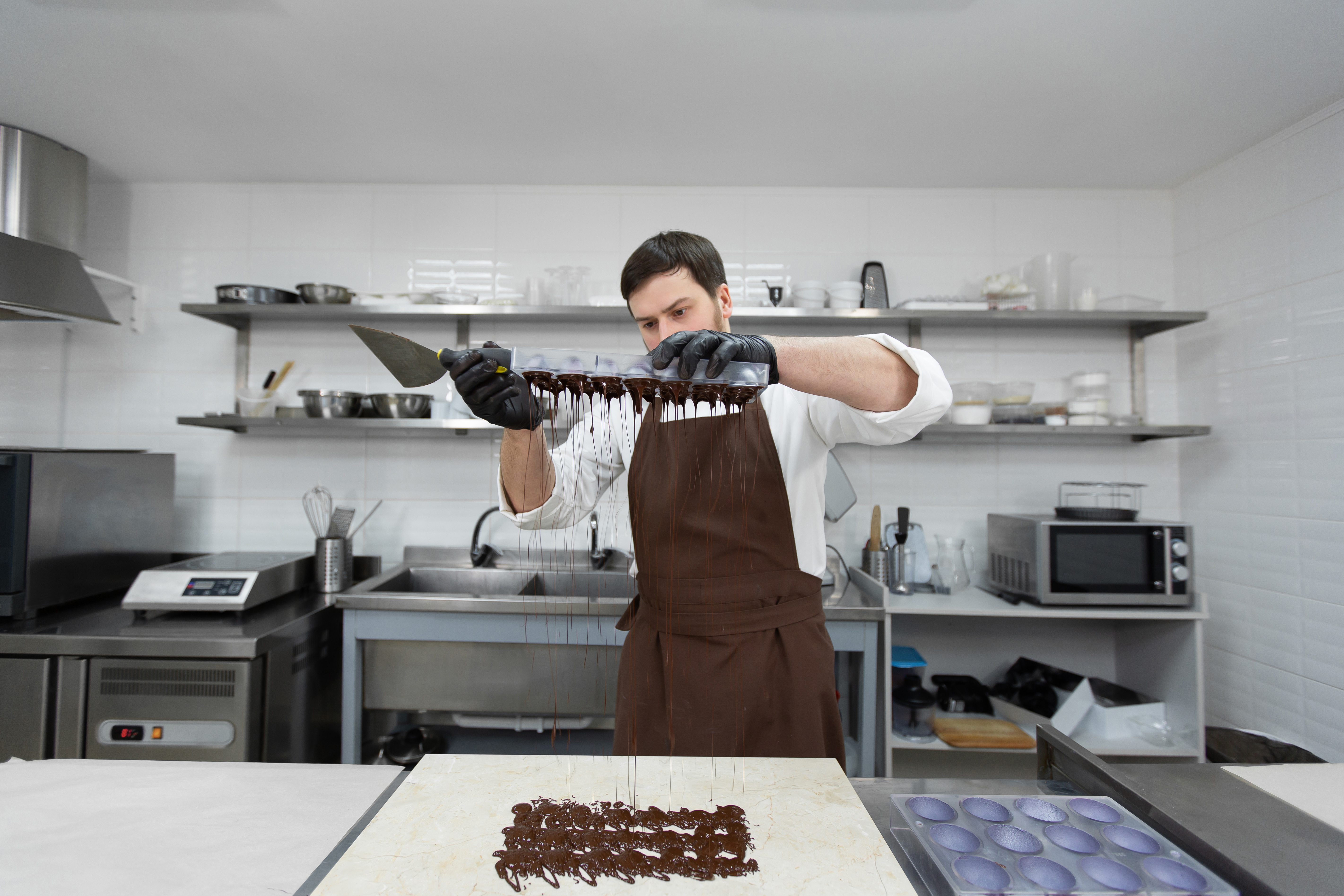
As the chocolate industry continues to evolve, new trends and innovations are shaping the future of chocolate, offering exciting possibilities for consumers and producers alike. One of the most significant trends is the growing demand for healthier and more sustainable chocolate options, driven by consumer awareness and changing dietary preferences. This has led to the development of chocolate products that cater to specific dietary needs, such as vegan, gluten-free, and low-sugar options, without compromising on taste or quality. Another emerging trend is the use of technology to enhance the chocolate-making process and create new flavor experiences. Advances in food science and technology are allowing producers to experiment with fermentation techniques, flavor extraction, and texture manipulation, resulting in innovative chocolate products that push the boundaries of traditional confectionery. 3D printing technology is also being explored, offering the potential to create intricate and customizable chocolate designs that were previously unimaginable. Sustainability and ethical sourcing will continue to be a focus for the industry, with producers seeking to minimize their environmental impact and support fair trade practices. The rise of bean-to-bar chocolate, where producers oversee the entire production process from cacao bean to finished product, reflects a commitment to quality and transparency. As consumers become more discerning and informed, the chocolate industry will continue to adapt and innovate, ensuring that chocolate remains a beloved treat for generations to come.
Embracing the Sweet Secrets of Chocolate
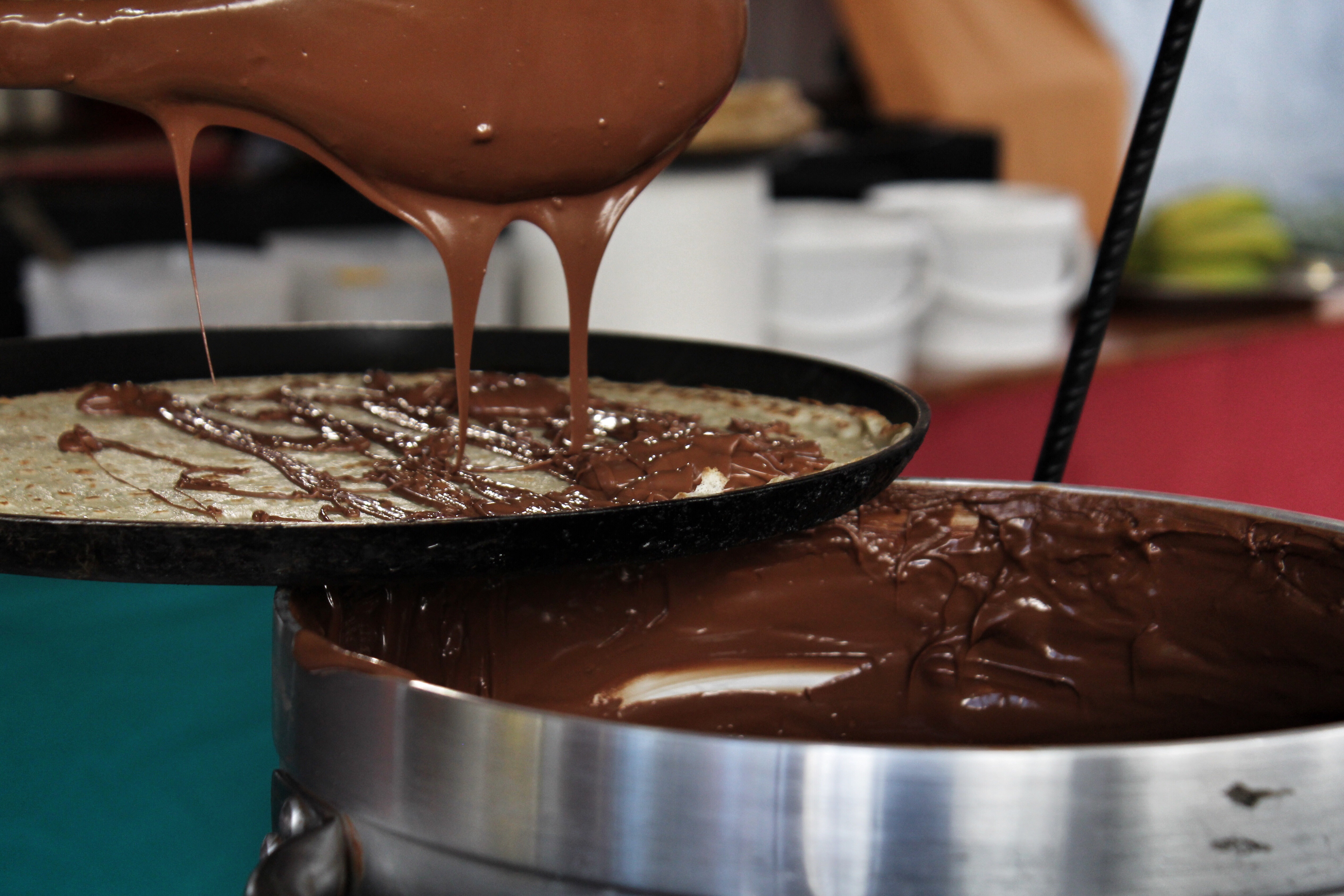
The world of chocolate is rich with history, science, and artistry, offering a tapestry of flavors and experiences that captivate the senses and warm the heart. From its ancient origins to its role in modern culinary innovation, chocolate's journey is a testament to its enduring appeal and the passion it inspires. The 10 delightful secrets explored in this article reveal the many facets of chocolate, each contributing to its status as a beloved indulgence. As we embrace the sweet secrets of chocolate, we are reminded of its power to bring joy, comfort, and connection. Whether enjoyed in solitude or shared with loved ones, chocolate has the ability to transform moments and create lasting memories. Its versatility invites exploration and experimentation, encouraging us to savor each bite and appreciate the artistry and craftsmanship behind every bar. In a world that is constantly changing, chocolate remains a constant source of delight and wonder. By understanding and appreciating the complexities of chocolate, we can deepen our connection to this cherished treat and celebrate its place in our lives. So, the next time you indulge in a piece of chocolate, take a moment to savor its flavors and reflect on the journey that brought it to your taste buds. Let chocolate sweeten your day and tickle your taste buds in the most surprising ways.






